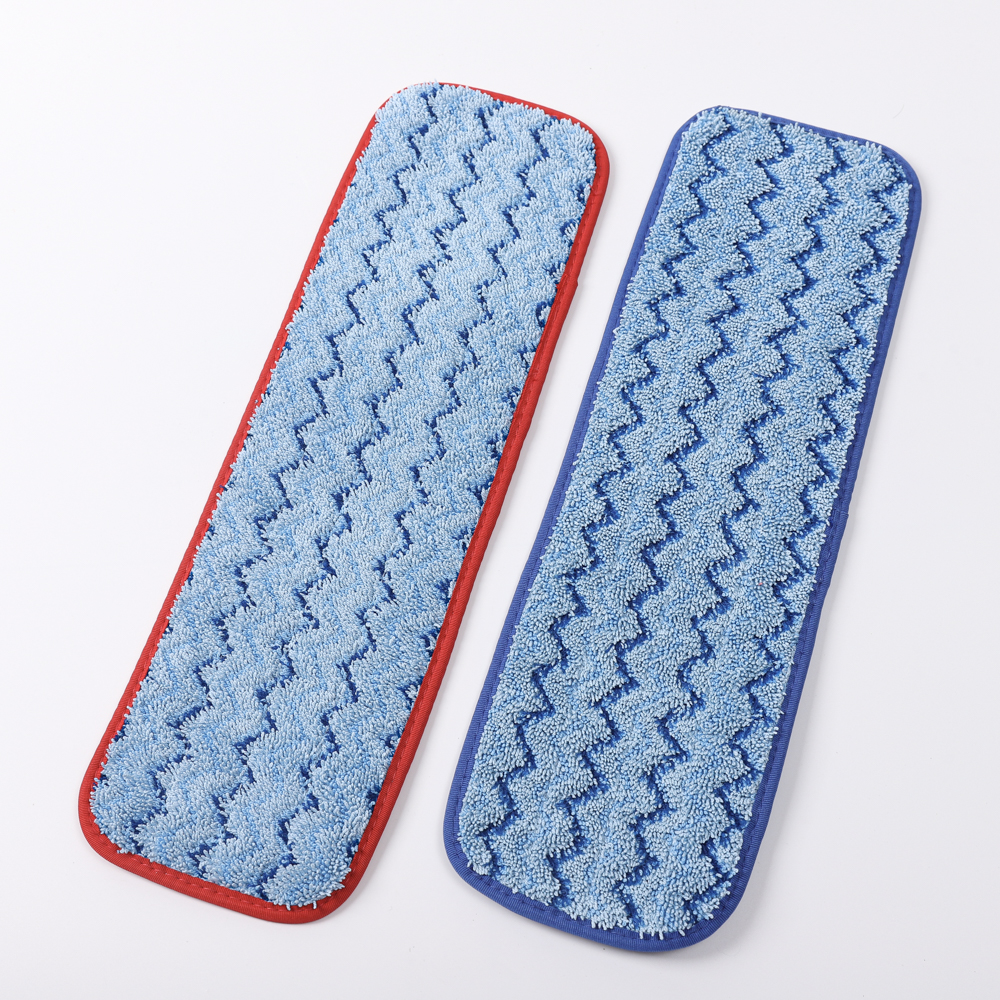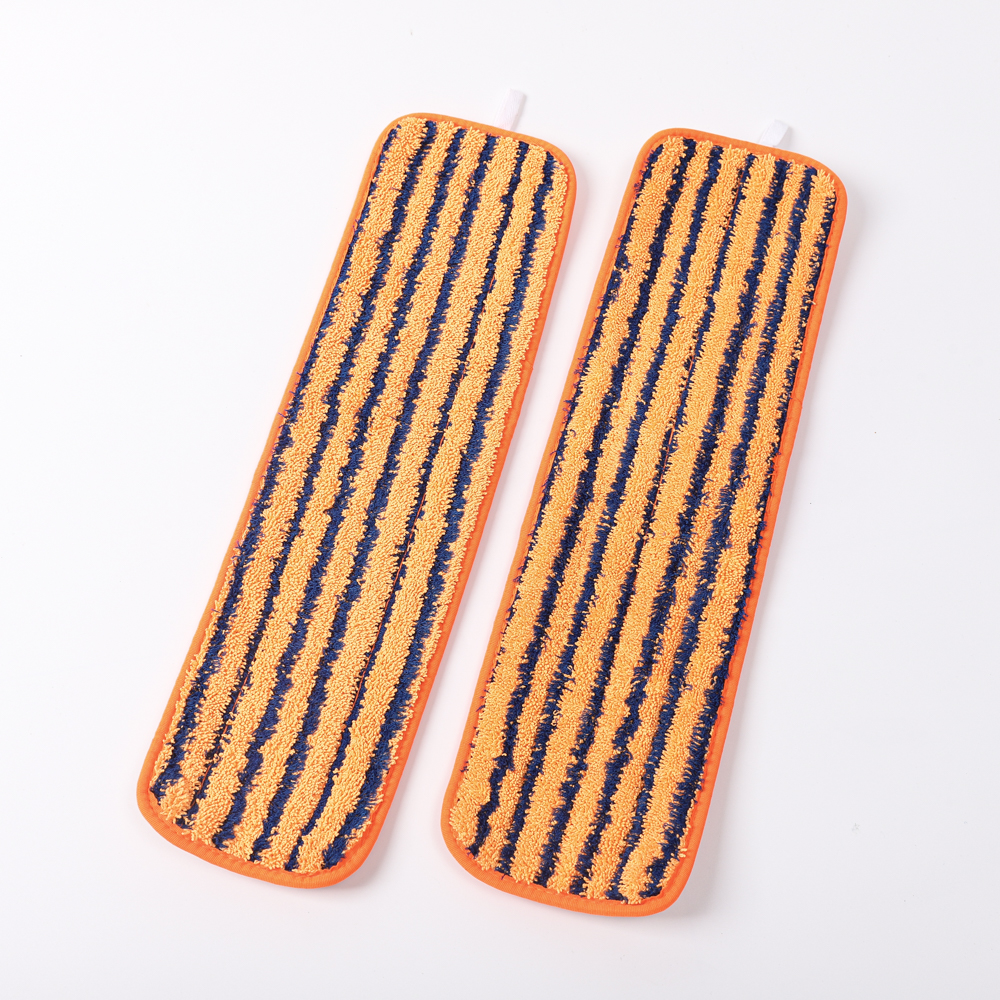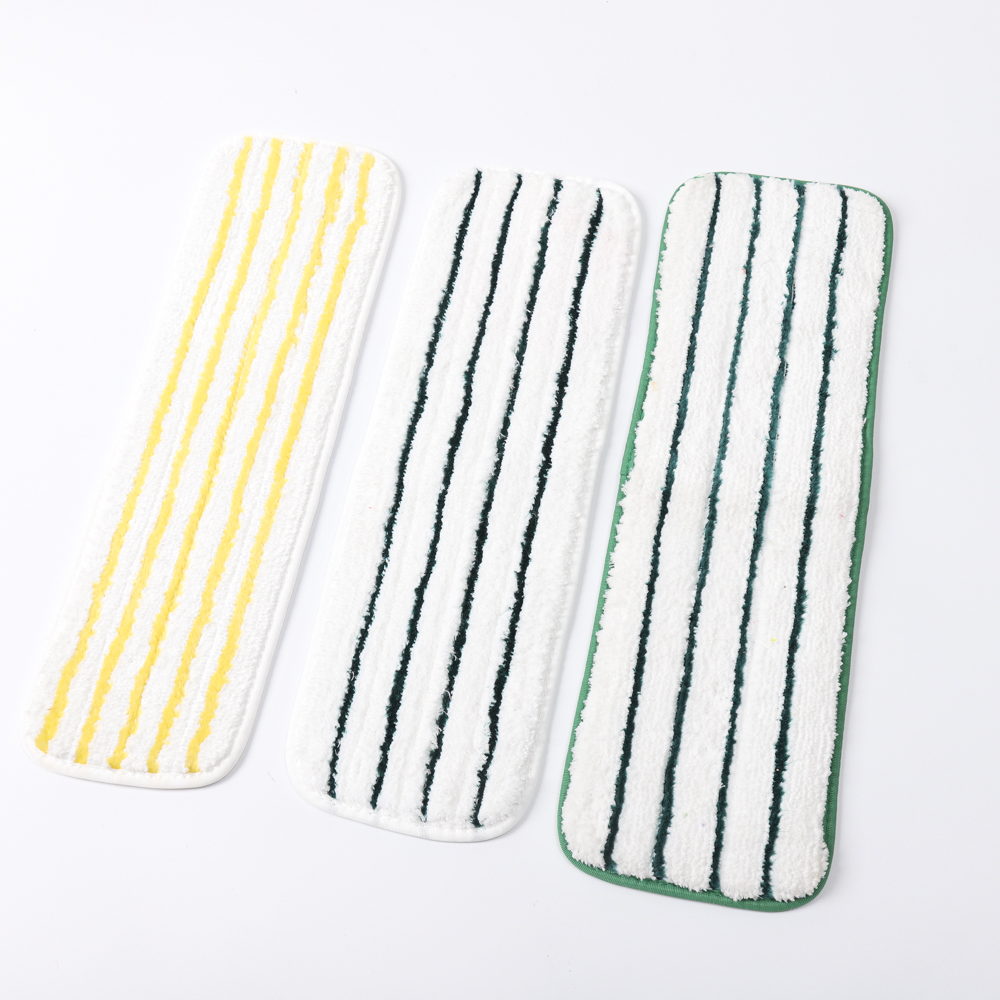Edible packaging materials are rich in raw materials, can be eaten, harmless to the human body and even beneficial, have a certain strength, etc., have developed rapidly in recent years, and are now widely used in food and drug packaging. For example, Germany invented a cup made of starch that does not melt in liquids. This cup can be eaten together with the beverage in the cup, but it will not produce too much heat.
This is a kind of very promising green packaging material. Research in this field is also very active.
2.6 Developing Packaging Designs for Easy Recycling
For the purpose of protecting the environment, appropriate forms and structures must be established at the time of packaging design to encourage and facilitate the recycling of waste packaging by consumers. To a certain extent, from the perspective of packaging design to reduce the pollution of waste caused by the environment.
For example, the cans introduced by Japan's Sande Corporation can be reduced in size by the left and right direction as long as the shape of the can body is indicated after drinking.
The proposal of ecological problems has made packaging designers pay more attention to environmental protection while considering the effect of shelf sales of goods.
2.7 Developing Packaging Designs for Compression
With the birth of high-performance items (such as high-performance detergents), packaging has become an inevitable trend toward miniaturization and compression. This is an important way to save resources and reduce waste.
This is to compress the packaging from the perspective of the product and drive the packaging transformation with the change of the product itself.
3 Green Printing and Green Packaging Design
Packaging and printing are inextricably linked. With the emergence of green packaging, it is also necessary to use green printing materials and corresponding printing methods.
Environmentally-friendly green printing materials mainly include non-toxic, non-residual, non-environmentally polluted water-based inks, UV inks, and alcohol-soluble inks. Water-based ink is a world-recognized environmentally-friendly printing material, and is the only non-toxic ink approved by the US Food and Drug Association in all printing inks [4]. It is particularly suitable for food packaging, packaging, and printing products that require strict hygiene conditions. UV inks are highly praised as "green industrial new technologies for the 21st century" because of their high efficiency, energy saving, solvent-free emissions, no environmental pollution, and excellent product performance. Their safety has been recognized by the US Environmental Protection Agency [4]. Alcohol-soluble inks are also a type of ink that has little harm to the environment.
The typical representative of the green packaging printing process is flexographic printing. In the past 10 years or more, the reason why flexographic printing has emerged and developed rapidly in the field of domestic and international packaging and printing, and in addition to flexographic advantages and technological advancements, one of the most important factors is that it has adapted to the requirements of environmental protection and green packaging. [4] Widespread use of environmentally friendly green printing materials. Therefore, this process has received active attention in food packaging, pharmaceutical packaging, beverage packaging, tobacco and wine packaging, and daily necessities packaging in contact with the human body, and has broad application prospects.
4 Summary
With the progress of the times, the concept of design has evolved from "people-oriented" to "based on the life-based environment." The "green living" approach is rapidly forming and becoming popular. The packaging design that is closely related to life has also been injected with green content. However, if we want to successfully implement and promote green packaging in a comprehensive manner, it will take more effort and time and need to relate the green packaging from concept to design and then into reality. The development of the industry (such as the printing industry) and active support. In addition, while emphasizing the environmental benefits of packaging design, we must not neglect the function of visual communication of packaging. This does not mean that one should pursue the visual impact of shelf display as one-sided, but refers to the use of styling, color, text, patterns, The rational use of texture creates a kind of intimate visual effect.
Now, the time when packaging designers designed their own sense of formal beauty alone has come to an end. Packaging designers should comply with the needs of the times and collaborate with scientists in many fields such as natural sciences and social sciences to jointly create new styles and new materials for packaging design and design for "green living."
Author/(Wang Kunxi)
Premium Microfiber Scrubbing Mop
Our Premium Microfiber Scrubbing Mop construction by hard pp loops and microfiber loops.With tthis great design get up tough dirt and clean grout lines.And with design of PP loops offer aggressive cleaning in high traffic areas without damaging your floors - perfect for scuff marks! Won't scratch wood flooring. it can also used for both wet and dry mopping. It constructed with a durable hook and loop backing, which easily attaches to our mop frame



Premium Microfiber Scrubbing Mop,Ultrafine Fiber Scrubbing Mop,High Quality Microfiber Mop,Premium Microfiber Scrub Mop
jiangsu qiyun cleaning knitting product co.,ltd , https://www.jarfrry.com